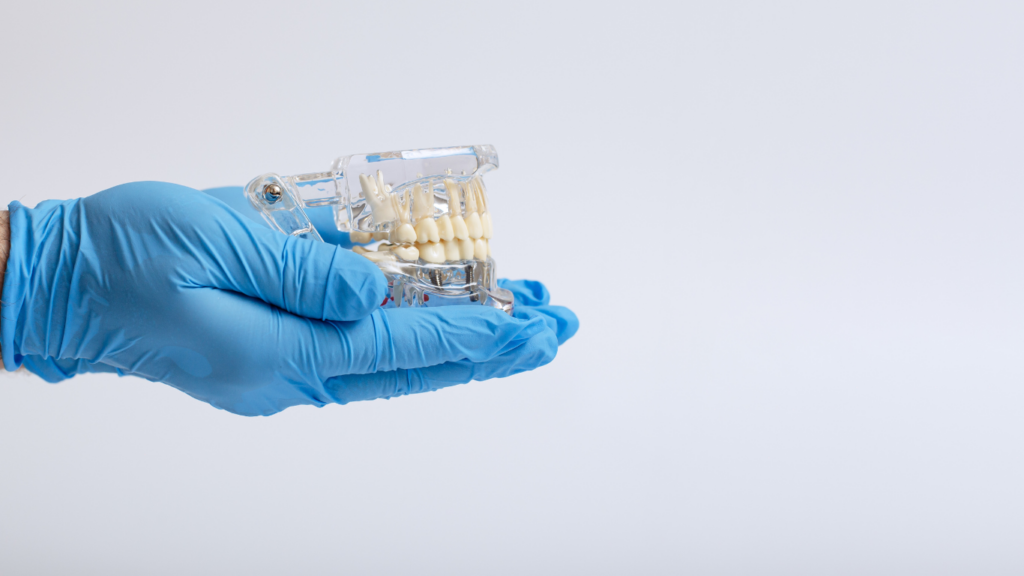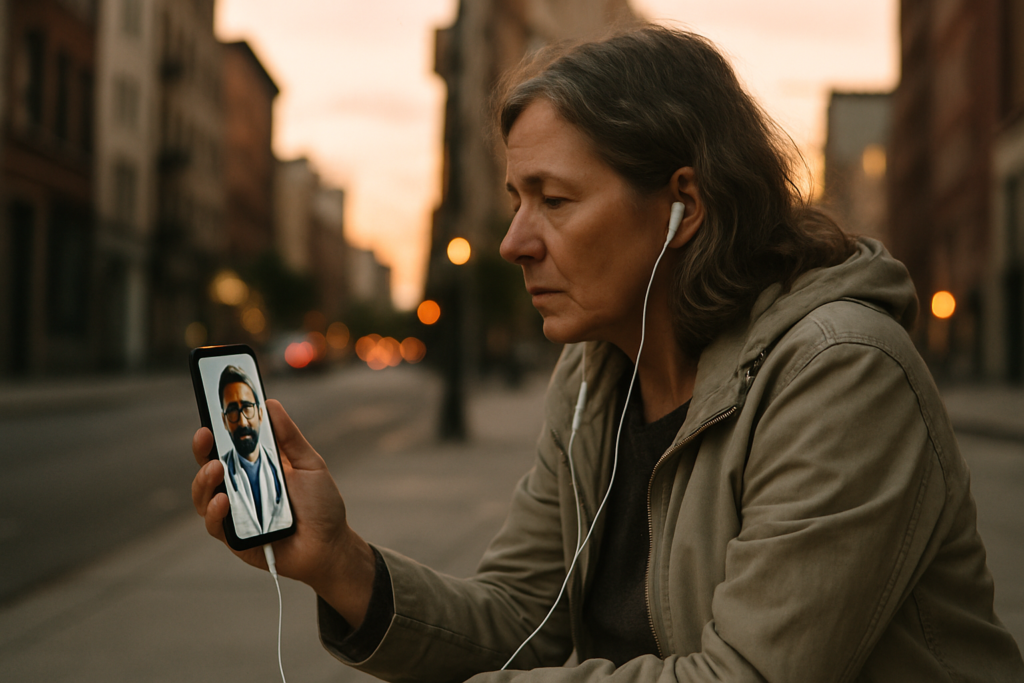In the ever-evolving landscape of healthcare, virtual reality (VR) technology has emerged as a game-changer, revolutionizing the field of dentistry. As a seasoned blogger with a passion for exploring cutting-edge innovations, I delve into the realm of VR applications in dentistry, focusing on its impact on training methods and patient care.
Immersive VR simulations offer dental students a realistic environment to hone their skills, from intricate procedures to patient interactions, enhancing their learning experience. Moreover, VR in patient care has transformed dental visits into more comfortable and engaging experiences, reducing anxiety and fear often associated with dental procedures.
Join me as I uncover the transformative potential of virtual reality in shaping the future of dentistry.
Current State of Dental Training
In the realm of dental training, virtual reality (VR) has become a game-changer, offering innovative solutions to enhance the learning experience for aspiring dentists. VR simulations are revolutionizing the way dental students practice and refine their skills, providing them with a realistic and immersive environment to carry out various dental procedures.
Through VR technology, students can engage in hands-on training without the need for traditional models or cadavers, allowing them to practice complex dental techniques repeatedly until mastery is achieved. This approach not only increases proficiency but also boosts students’ confidence in performing procedures when they transition to real clinical settings.
Furthermore, VR training modules cater to different learning styles, offering interactive scenarios that cater to visual, auditory, and kinesthetic learners. By incorporating gamification elements, such as quizzes and challenges, VR training keeps students motivated and actively involved in the learning process, resulting in better retention of knowledge and skills.
The integration of VR in dental training programs represents a significant advancement in dental education, offering a dynamic and effective way to prepare future dental professionals for the challenges of modern dentistry. This transformative technology is paving the way for a new era in dental training, where innovation and simulation converge to shape the next generation of skilled dental practitioners.
Virtual Reality Integration in Dental Education
Incorporating virtual reality (VR) technology in dental education revolutionizes how future dentists are trained and prepared for real-world scenarios. The use of VR simulations offers a dynamic learning experience that enhances skill development by providing a realistic and immersive environment for practice sessions.
Simulation Applications
VR simulations in dental education cover a wide range of applications, including practicing complex procedures like root canals, extractions, and cavity fillings. These simulations enable students to hone their techniques in a risk-free environment, allowing for repeated practice and refinement of skills without the need for physical models or patients.
By engaging with lifelike scenarios, aspiring dentists can improve their dexterity, precision, and decision-making abilities.
Hands-On Training Enhancements
The integration of VR technology enhances hands-on training by offering interactive experiences that mimic real dental procedures. Students can manipulate virtual tools, examine virtual patients, and perform dental treatments in a controlled setting, fostering a deeper understanding of techniques and protocols.
This hands-on approach not only boosts practical skills but also instills confidence in students, preparing them to deliver quality care in clinical settings confidently.
Improving Patient Care through Virtual Reality
Exploring the realm of patient care in dentistry, virtual reality (VR) emerges as a powerful tool revolutionizing the healthcare experience. By leveraging VR technology, dental professionals can enhance patient care through innovative approaches that prioritize precision, comfort, and education.
Incorporating VR in patient care workflows allows for in-depth procedural simulations that aid in treatment planning and patient communication. These simulations enable dentists to visualize complex procedures in a virtual environment, enhancing their understanding of the intricacies involved and streamlining the treatment process.
By immersing patients in virtual scenarios, dentists can offer comprehensive explanations of treatment plans, promoting active patient engagement and informed decision-making. This interactive approach fosters a collaborative relationship between patients and practitioners, leading to improved treatment outcomes and patient satisfaction.
Moreover, VR facilitates pain management and anxiety reduction during dental procedures by creating calming virtual environments that distract patients from the clinical setting. Through immersive experiences tailored to individual preferences, VR technology helps alleviate fear and discomfort, promoting a more relaxed and stress-free treatment experience for patients.
The integration of virtual reality in dentistry enhances patient care by revolutionizing treatment planning, promoting patient engagement, and providing a comfortable and immersive environment for procedures. This innovative use of technology not only improves clinical outcomes but also enhances the overall patient experience in the dental setting.
Virtual Reality Technology Advancements in Dentistry
Exploring the latest advancements in virtual reality (VR) within the field of dentistry reveals a remarkable evolution in training methods and patient care approaches. VR technology has made significant strides in enhancing various aspects of dental practice, offering unique solutions that cater to the needs of both dental professionals and patients.
Innovative Applications of VR in Dental Training:
- Skills Enhancement: Envision a scenario where dental students can immerse themselves in realistic virtual environments to practice intricate procedures repeatedly until mastery—this is the transformative power of VR in dental education.
- Risk-Free Practice: VR simulations provide a safe space for learners to encounter and overcome challenges that mirror real-life dental scenarios. As I engage with such simulations, I can refine my skills without the fear of adverse consequences.
- Adaptive Learning: Through interactive VR modules, individuals with distinct learning preferences can benefit from tailored educational experiences. By adapting to various learning styles, VR ensures that aspiring dentists receive personalized training that suits their needs.
Technological Innovations Elevating Patient Care:
- Visualization of Procedures: The integration of VR technology enables dental practitioners to visualize complex dental procedures in a detailed and comprehensive manner. When examining patient cases, I can leverage VR tools to plan treatments effectively, leading to improved outcomes.
- Enhanced Communication: With VR, communication between dentists and patients reaches a new level of clarity and understanding. By showcasing treatment plans and outcomes through immersive VR experiences, I can foster transparent discussions with patients, ensuring their active participation in the decision-making process.
- Anxiety Management: Virtual reality environments designed to evoke calmness and relaxation have proven instrumental in managing patient anxiety during dental treatments. By creating serene virtual atmospheres, VR technology assists in alleviating stress and enhancing the overall patient experience.
The ongoing advancements in virtual reality technology are reshaping the landscape of dental training and patient care. By harnessing the immersive capabilities of VR, dental professionals can refine their skills, improve treatment outcomes, and elevate the quality of care they provide to patients.



